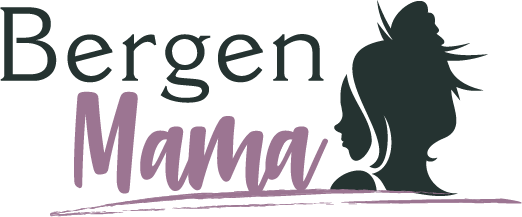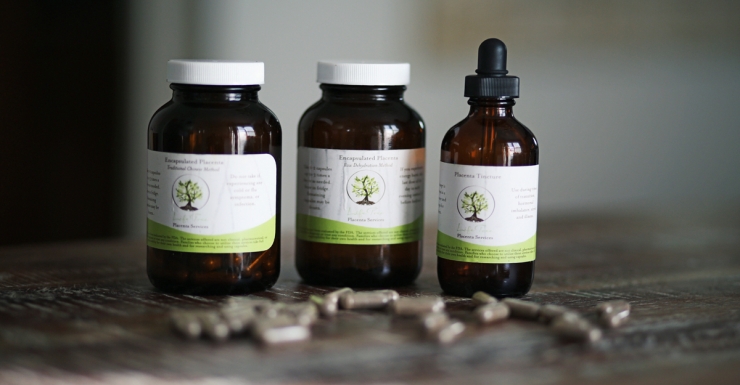From making sex tapes to balancing champagne glasses on your butt to logging two divorces and three marriages before age 35, it's safe to say that if Kim Kardashian has done it, we probably don't want to. And we assumed that consuming one's own placenta would fall into that category, too. Last month, the reality star announced she'd been doing just that after giving birth to her second child by having her afterbirth freeze-dried, pulverized, and turned into pills. But while, at first, it seemed as if she was doing it for attention – "My experience eating my placenta is up on my app!" she tweeted to her more than 39 million followers – we found ourselves intrigued. And the more we looked into it, the more we realized that placenta-eating – known officially as placentophagy – is actually a thing. Maybe even a good thing.
Kardashian says she decided to try it after friends who had suffered some form of the baby blues after giving birth to their first children reported not experiencing it the second time around after they began taking placenta pills. And Kardashian says it worked for her. "Every time I take a pill, I feel a surge of energy and feel really healthy and good. I totally recommend it for anyone considering it!," she wrote on her blog.
The 35-year-old is far from the first celeb to sing the practice's praises. January Jones, Alicia Silverstone, Mayim Bialik, and Tia and Tamara Mowry have all touted eating their own placentas in the name of postpartum health. While medical studies are sparse, the idea is that the placenta is full of vitamins and nutrients (which it had previously been providing to the fetus in utero) as well as estrogen and progesterone and that it helps new moms increase their energy and milk production, reduce bleeding, and fend off depression.
Turns out we had one of our own to ask if the process really worked. Bergen Mama's own activities editor Melanie decided to take the placenta plunge after giving birth to her second son, Porter, now 10 weeks old. Melanie admits she's always leaned toward the "crunchy" side of things when it comes to motherhood, so placenta encapsulation made sense. "The thought process behind encapsulation is to give the ever-amazing placenta the chance to come full circle and nourish the mom. I basically arranged for a little postpartum help that came directly from me, for me," explains Melanie. "As a Mom who often feels it's not done right unless I do it, I really loved that idea. I'll admit the ick factor did cross my mind for a moment, but I just ignored it."
Shortly giving birth to her first child a few years ago, Melanie found herself feeling really down once nighttime rolled around, which left her feeling frustrated during a time when she was otherwise feeling happy and blessed. This time around? "I have not had one night of sadness since we brought Porter home."
And despite the fact she is caring for an infant and toddler on very little sleep (like 1 to 3 not-in-a-row hours little), she's been feeling, well, fine. "Yeah I've been tired, but honestly, not in the sleep deprived 'pour the coffee directly into my veins,' kind of way I was expecting," she shares, adding that she feels upbeat and rested enough to be present for both of her children. As for milk supply, Melanie says hers is plentiful.
So does Melanie have her placenta to thank for all of these benefits? "I can’t help but feel these results are not coincidental. We all know as Moms there are some things you just feel and can’t deny, and as far as placenta encapsulation goes, I’m a believer." Now, the only concern Melanie has about her "happy pills" is what she'll do when they run out. But she's come up with a plan: "Maybe I'll tweet Kim Kardashian and ask her."
The NJ-based service Melanie used: Life Tree Placenta Services The cost: Standard encapsulation is $275, though there are other options to choose from. Melanie went with the Raw Dehydration Method and the Traditional Chinese Method, but the Steamed Dehyrdration Method is also an option. Pill yield: About 75 to 200 capsules How it works: You contact and make arrangements with the service ahead of time, call or text them after you give birth, and ask your hospital to keep your placenta packed in ice in a cooler until pickup. They come shortly afterwards and have your capsules to you within a day or so.
Happy pill popping!





